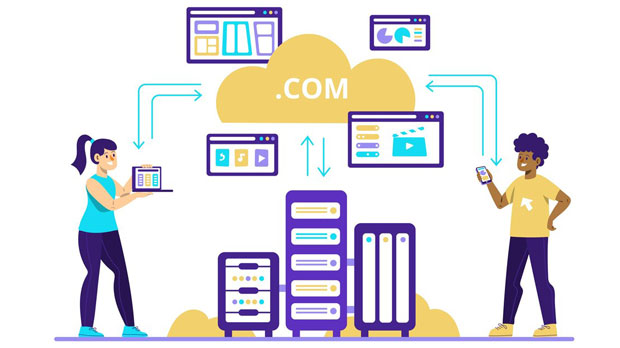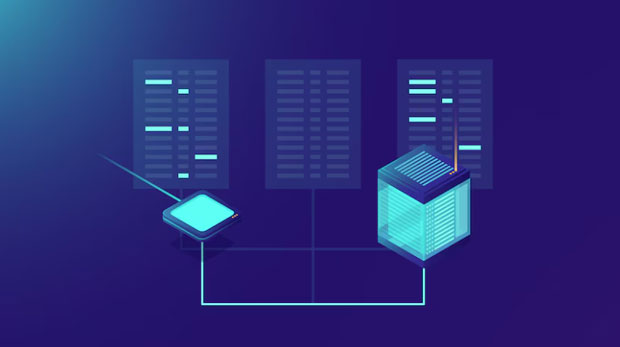When it comes to choosing the best socks5 proxy for internet browsing, one of the key concerns is whether it supports UDP traffic. UDP, or User Datagram Protocol, is essential for real-time services like gaming, VoIP, and video streaming. Unlike TCP, which ensures reliable data transmission, UDP allows faster communication by forgoing error-checking mechanisms. This makes it a popular choice for activities requiring low latency. In this article, we will explore in detail whether sock s5 proxies support UDP traffic, how this affects performance, and how you can choose the best SOCKS5 proxy for your needs. Understanding SOCKS5 ProxyA SOCKS5 proxy is a versatile and advanced proxy protocol that routes internet traffic through an intermediary server, offering better privacy and security compared to traditional proxies. It supports various types of data, including HTTP, FTP, and even peer-to-peer traffic. Unlike SOCKS4, which only supports TCP traffic, SOCKS5 supports both TCP and UDP traffic. This capability significantly increases the flexibility of SOCKS5 proxies, making them suitable for a wider range of activities, including streaming and online gaming, which are heavily reliant on UDP traffic.SOCKS5 Proxy and UDP TrafficSOCKS5 proxies can indeed support UDP traffic, which is an essential aspect for users looking to optimize their online experience for certain activities. UDP, being connectionless, allows data packets to be transmitted with minimal overhead, making it ideal for real-time applications. Since SOCKS5 proxies support this protocol, they can provide a seamless experience for services such as video calls, live streaming, and online gaming where low latency is critical.However, not all SOCKS5 proxies are created equal. Some may advertise UDP support but fail to offer the required performance due to server limitations or configuration issues. Therefore, it is essential to understand the technicalities behind UDP traffic support in SOCKS5 proxies and assess whether a proxy server is properly optimized for this purpose.The Role of UDP in Online ActivitiesUDP is particularly beneficial for applications that require constant data flow with minimal delay. It is used in various real-time applications such as:1. Online Gaming: Many multiplayer games rely on UDP for fast-paced communication between players. The low latency associated with UDP ensures that actions are transmitted instantly, enhancing the gaming experience. 2. Streaming Services: Video and audio streaming platforms often use UDP to avoid buffering delays. Since UDP doesn’t require the retransmission of lost packets, it allows for a smooth streaming experience, even in high-demand situations. 3. VoIP (Voice over Internet Protocol): VoIP services like Skype, Zoom, and others use UDP for clear and uninterrupted voice communication. UDP helps reduce the lag, which can otherwise affect the quality of calls.By supporting UDP traffic, SOCKS5 proxies ensure that these real-time services function without disruptions or delays, improving the overall user experience.How SOCKS5 Proxies Handle UDP TrafficTo understand how SOCKS5 proxies handle UDP traffic, it's important to know the process of packet transmission and how the proxy server interacts with UDP data.When a client requests a connection through a SOCKS5 proxy, the proxy server establishes a tunnel for the data to pass through. With UDP, the proxy server simply forwards packets between the client and the destination server without making any modifications to the data. This ensures that the application running on top of UDP, such as gaming or streaming software, receives the necessary information in real-time.However, for UDP to work effectively with a SOCKS5 proxy, the server must be properly configured to handle such requests. Misconfigurations or limitations in server bandwidth and routing may lead to poor performance or failure to process UDP packets. Therefore, it’s essential to ensure that the SOCKS5 proxy you choose has robust UDP support.Choosing the Best SOCKS5 Proxy for UDP TrafficWhen selecting the best SOCKS5 proxy for UDP support, there are several factors to consider to ensure that it meets your needs.1. Server Location: Proxies with servers closer to your physical location tend to offer better performance and lower latency. This is especially important for applications like gaming and video streaming, where every millisecond counts.2. Speed and Reliability: The proxy should offer fast and stable connections, ensuring that UDP traffic is transmitted smoothly. Some SOCKS5 proxies may provide burst speeds, but the connection may become unstable, especially during high-traffic periods.3. Bandwidth: For applications like video streaming or gaming, having enough bandwidth is essential. Choose a proxy service that provides sufficient bandwidth for your needs to avoid throttling or interruptions.4. Security and Anonymity: While UDP traffic is essential for real-time applications, security remains a priority. The SOCKS5 proxy should ensure that your data remains secure while supporting UDP traffic. Look for proxies that offer strong encryption and privacy features.5. Customer Support: It’s always helpful to select a proxy service with excellent customer support. If you run into issues with UDP traffic, having reliable support can help troubleshoot and resolve problems quickly.Limitations of SOCKS5 Proxies with UDP SupportWhile SOCKS5 proxies support UDP traffic, they are not without limitations. One of the main challenges with SOCKS5 proxies and UDP is the potential for packet loss. Since UDP is connectionless, there is no guarantee that packets will arrive in the correct order or that they won’t be lost during transmission. In some cases, if a SOCKS5 proxy is not optimized to handle UDP traffic, users may experience delays or disruptions in real-time applications.Moreover, the type of network infrastructure can also impact UDP performance. For example, congested or unreliable networks may lead to packet loss, negatively affecting UDP traffic even if the proxy server itself is functioning correctly.ConclusionIn conclusion, SOCKS5 proxies can indeed support UDP traffic, making them a versatile solution for users looking to optimize their internet experience for real-time applications like gaming, streaming, and VoIP. However, not all SOCKS5 proxies provide equal performance, and it's important to choose a provider that ensures low latency, high speed, and stable connections for UDP traffic. By considering factors like server location, bandwidth, and security features, you can find the best SOCKS5 proxy to support your needs. While there are some inherent limitations in UDP traffic handling, with the right setup, a SOCKS5 proxy can significantly enhance your online experience.
Aug 12, 2025



































































